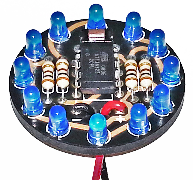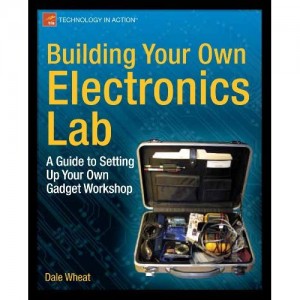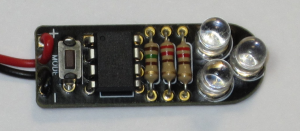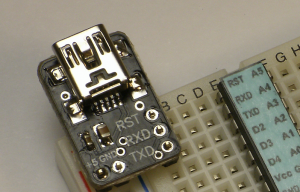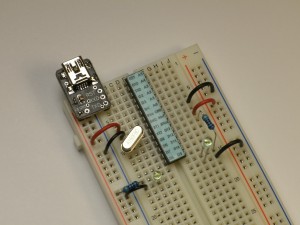This is Not New!
Yes, Astute Reader, you have caught me in, shall we say, an “inconsistencyâ€. This product is not “new”, but it is “new to the store”. I have been designing and selling infrared (IR) spotlight kits for decades now. In the past, I was mostly producing these for wholesale customers like BG Micro. Since I have several different models in stock now, I thought I would start making them available in the web store here:
https://www.dalewheat.com/product/mini7-plus-infrared-spotlight-kit/
What is it?
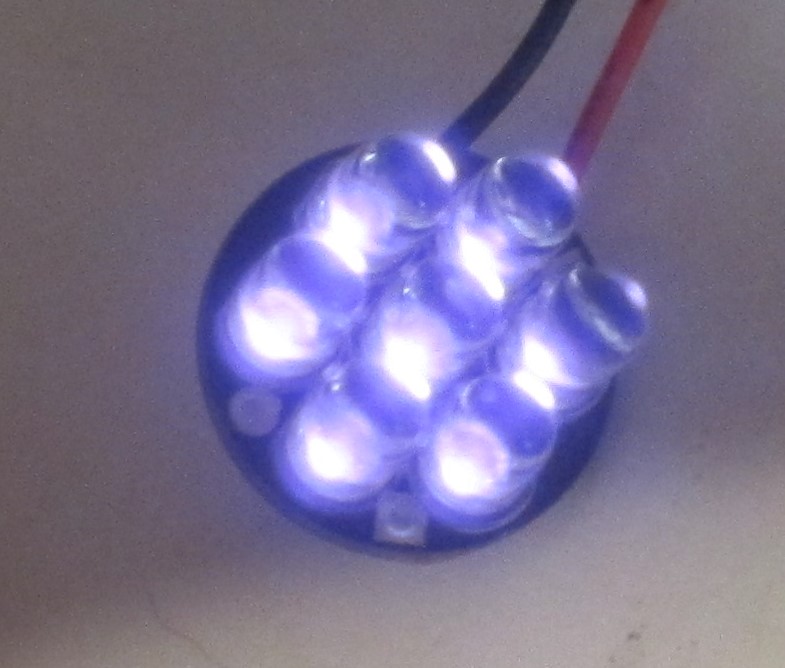
The Mini7Plus IR Spotlight is a compact, low-power infrared (IR) LED array that runs on 12VDC. The round printed circuit board (PCB) is a tiny 0.75 inches (19.05 mm) in diameter; it’s the same size as a US penny. The Mini7Plus kit contains a quality PCB, seven (7) high-power infrared LEDs, a current limiting resistor and two leads for power.
Product Variations
We offer this product with three (3) different wavelengths and two (2) different beam angles. Wavelength, usually expressed in nanometers or nm, determines the “color†of the infrared light. You need to know which wavelength your camera can detect. The beam angle refers to the spread of light as you get farther away from the LEDs. A 20° beam angle is a fairly tight “spotlight†effect, whereas a 50º angle is more of a “floodlightâ€.
Why do it?
Do you need a compact and reliable source of infrared illumination that runs on 12V? Use it for covert and semi-covert surveillance of small spaces, such as inside your car or under your house. The Mini7Plus IR Spotlight is a reliable and robust source of infrared light for your project.
Value & benefits:
Low-cost kit is easy to assemble and provides thousands of hours of continuous operation. Illuminate small spaces discreetly, such as small animal habitat without generating distracting visible light or excessive heat.
Who benefits?
Photographers and videographers can use the Mini7Plus IR Spotlight to illuminate otherwise invisible worlds. Property owners can use certain surveillance cameras that can pick up the light that is mostly invisible to the human eye. Scientists can use infrared light in experiments to observe nocturnal behaviors.
What’s included in the kit?
- Resealable plastic bag 2″x3″
- Printed circuit board
- 7x IR LEDs
- 100 ohm 1/2 watt 5% resistor
- red power lead 4″
- black power lead 4″
- Kit label
